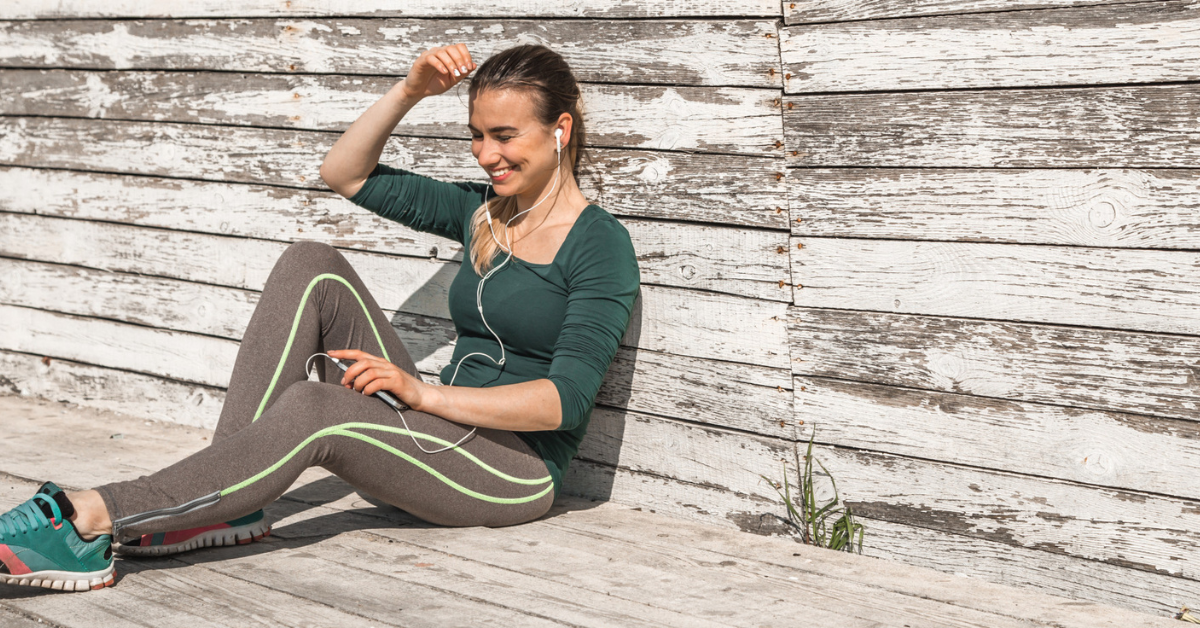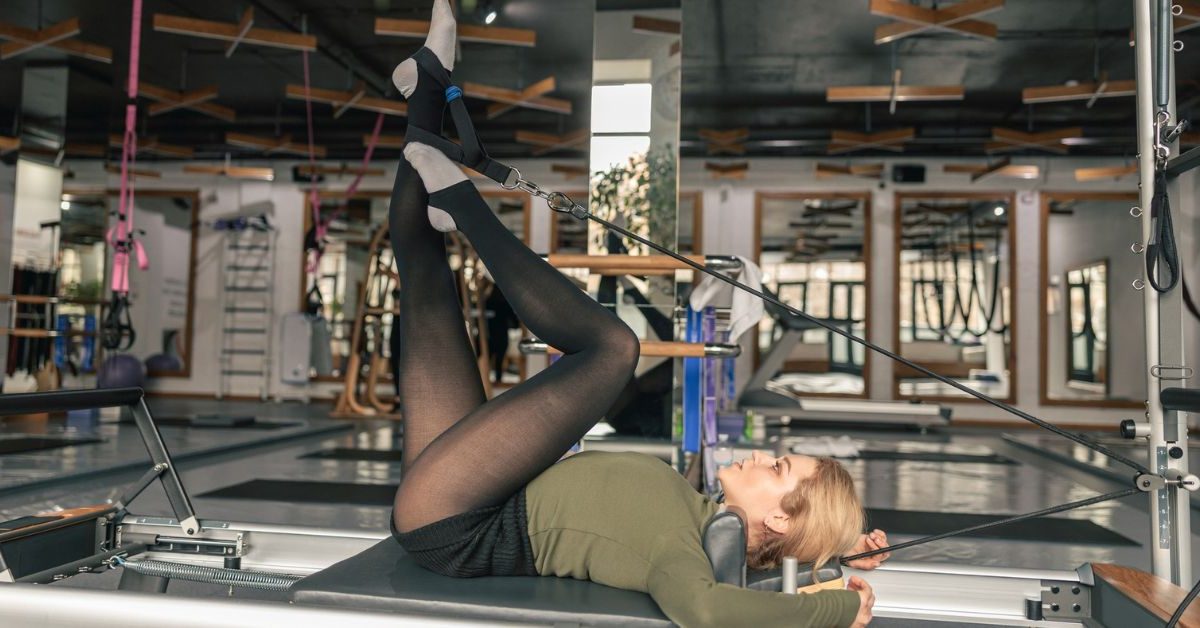
Will Pilates Build Muscle?
Pilates is a low-impact exercise that improves flexibility, strength, and the mind-body connection. Many wonder, will Pilates build muscle, or is it limited to enhancing mobility? With precise movements and controlled breathing, this workout challenges your muscles in unique ways. Through resistance and body weight exercises, Pilates strengthens and tones muscles effectively.=
Beyond muscle tone, Pilates offers numerous benefits for overall fitness and wellness. It targets deep core muscles, improves posture, and enhances flexibility. Pilates is great for rehabilitating injuries or complementing other forms of training. Knowing how it affects muscle development can help you decide if it’s right for you. Keep reading to learn more.
Will Pilates Build Muscle?
Yes, Pilates can build muscle, but not in the traditional bodybuilding sense. It focuses on improving strength, tone, and endurance. Using body weight and resistance, Pilates strengthens muscles through controlled movements.
While it doesn’t lead to significant muscle mass, it develops balanced, functional strength. Core muscles, along with arms and legs, experience toning and definition. To maximize results, incorporate Pilates with other forms of strength training for greater muscle-building potential.
How Pilates Engages Muscles
Pilates engages muscles using body weight, resistance, and controlled movements to build strength, tone, and balance. Unlike traditional strength training, it emphasizes muscle integration, activating multiple areas simultaneously. This creates functional strength that supports everyday activities and athletic performance.
Core engagement is central to Pilates, with exercises like the Hundred targeting deep abdominal muscles. Leg lifts and bridges strengthen the glutes, thighs, and hamstrings, while arm pulses tone upper body muscles. Pilates also uses resistance tools like the Reformer, which enhances muscle engagement.
Each exercise focuses on precision, promoting control and proper alignment for safe and effective muscle activation. These unique elements make Pilates a well-rounded method for developing toned, strong, and balanced muscles throughout the body.
Benefits of Pilates for Muscle Development
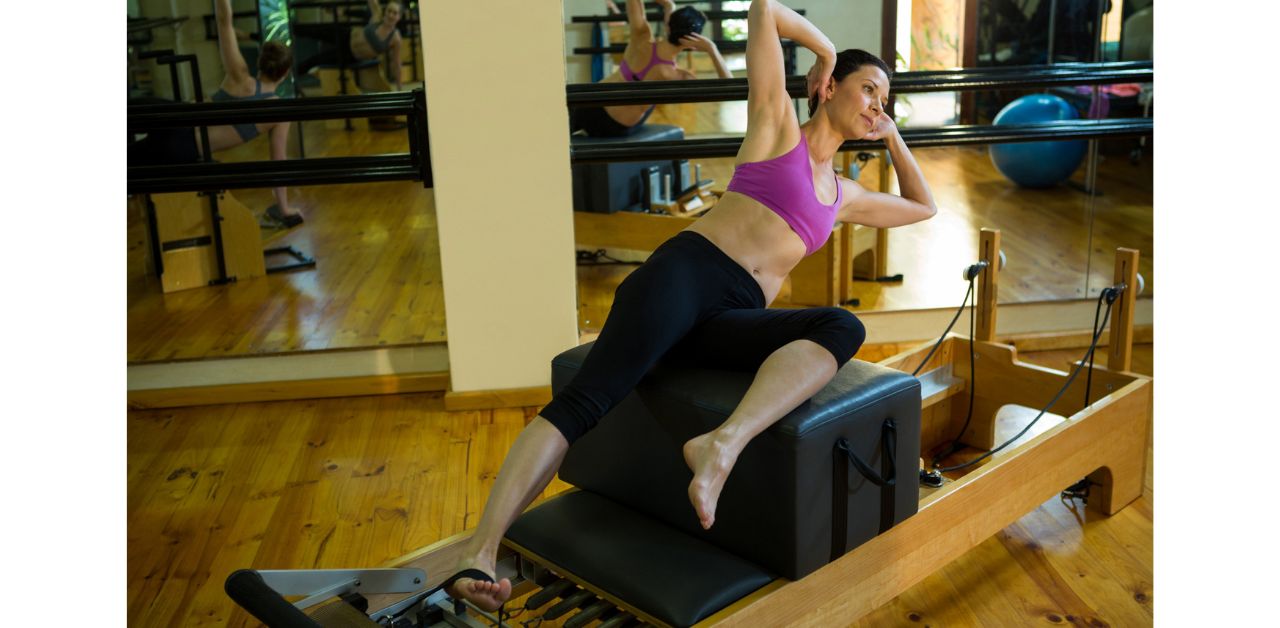
Pilates offers numerous benefits for muscle development, emphasizing strength, tone, and endurance without the bulk associated with traditional weightlifting. Here are some of the core benefits of Pilates for muscle development:
Core Strength Development
One of the standout benefits of Pilates is its ability to strengthen the core. Exercises like the Hundred, Plank, and Teaser target deep abdominal muscles, improving stability and posture. A strong core supports the entire body, aiding in balance and preventing injuries.
Balanced Muscle Development
Pilates emphasizes working for all muscle groups evenly, promoting balanced development. Unlike some exercises that overwork certain muscles, Pilates ensures a harmonious approach. This reduces the risk of overuse injuries and supports long-term muscle health.
Enhanced Muscle Endurance
Pilates builds endurance by incorporating controlled, repetitive movements that challenge muscles over time. The focus on slow, sustained motions helps muscles withstand fatigue, improving their ability to perform daily tasks and physical activities.
Improved Strength with Low Impact
Pilates is low-impact, making it accessible for all fitness levels, especially for those recovering from injuries. Despite its gentler approach, it effectively increases strength using body weight and resistance tools.
Flexibility and Muscle Control
Each Pilates movement enhances flexibility while building muscle control. Stretching exercises lengthen muscles, improving range of motion and creating a leaner, toned physique. This dual benefit promotes functional strength and agility.
Best Pilates Exercises for Muscle Development
Pilates exercises can effectively target and develop different muscle groups in your routine. Here are some of the best moves for building strength and tone:
Pilates One Hundred
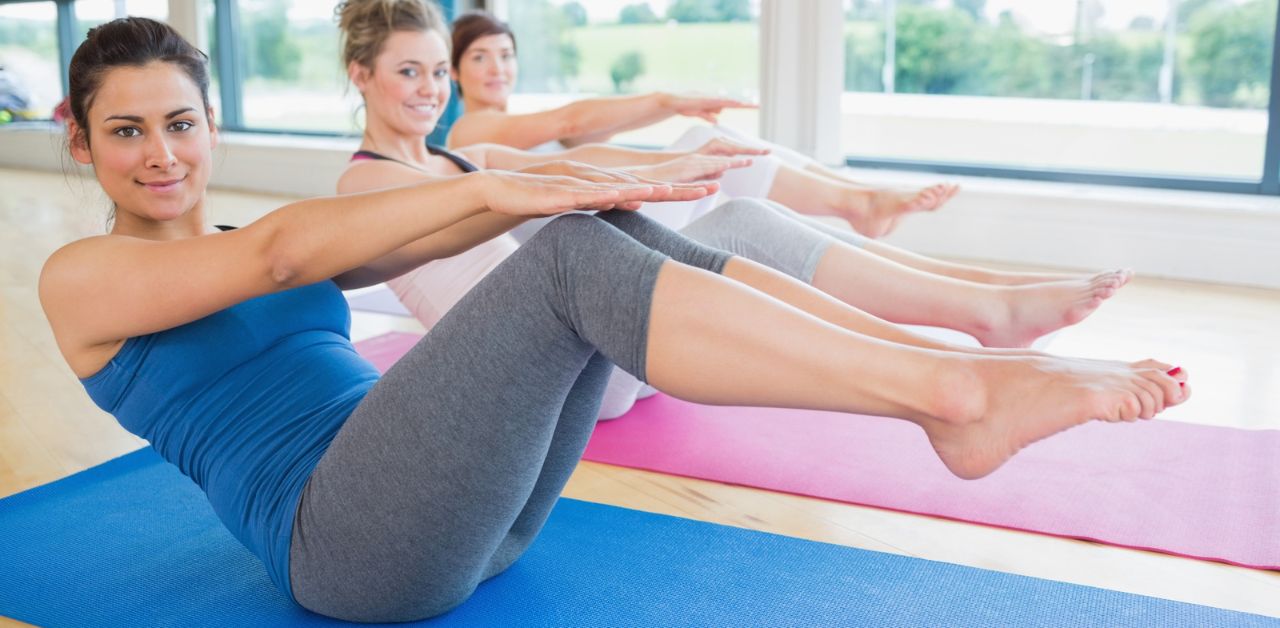
The Pilates One Hundred is a classic exercise that primarily targets the core, improving abdominal strength and endurance. Through controlled breathing and rhythmic arm movements, this exercise promotes stability and coordination. It also helps in building stamina, providing a low-impact method for strengthening muscles. Despite its simplicity, the One Hundred challenges the body to work efficiently for optimal results in toning and endurance.
How to do it:
- Lie on your back with knees bent and feet flat on the mat.
- Lift your legs into a tabletop position or extend them fully (more advanced).
- Lift your head, neck, and shoulders off the mat while keeping your spine aligned.
- Extend your arms by your sides, palms facing down.
- Pump your arms up and down with each inhale for 5 counts and exhale for 5 counts.
- Complete a total of 100 arm pumps.
Toe Taps
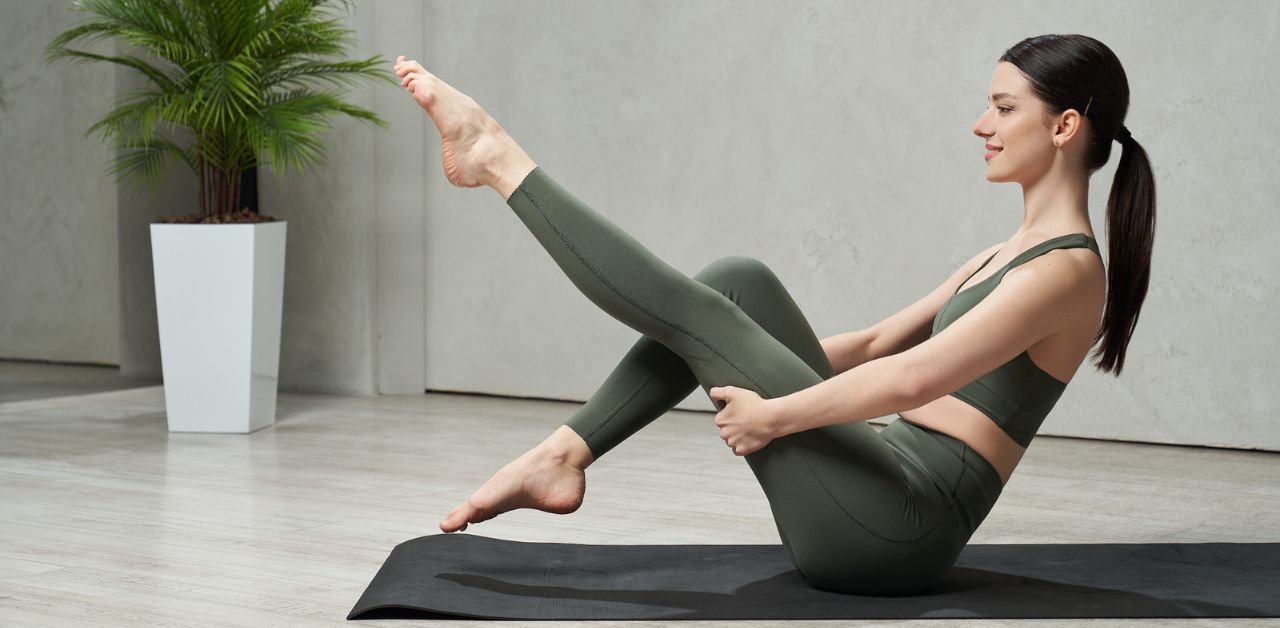
Toe Taps are an effective Pilates exercise that targets the core and hip flexors, helping to improve abdominal strength and stability. This movement requires coordination and control, emphasizing muscle endurance and posture alignment. By keeping the lower back stable and engaging the deep abdominal muscles, Toe Taps work on the strength and mobility of the lower body while maintaining full-body integration.
How to do it:
- Lie on your back with knees bent at 90 degrees and feet lifted off the mat.
- Engage your core and keep your lower back pressed into the mat.
- Slowly lower one foot to tap the floor while keeping the knee bent.
- Return the foot to the starting position and repeat with the other leg.
- Continue alternating legs for the desired number of repetitions.
Hip Dips
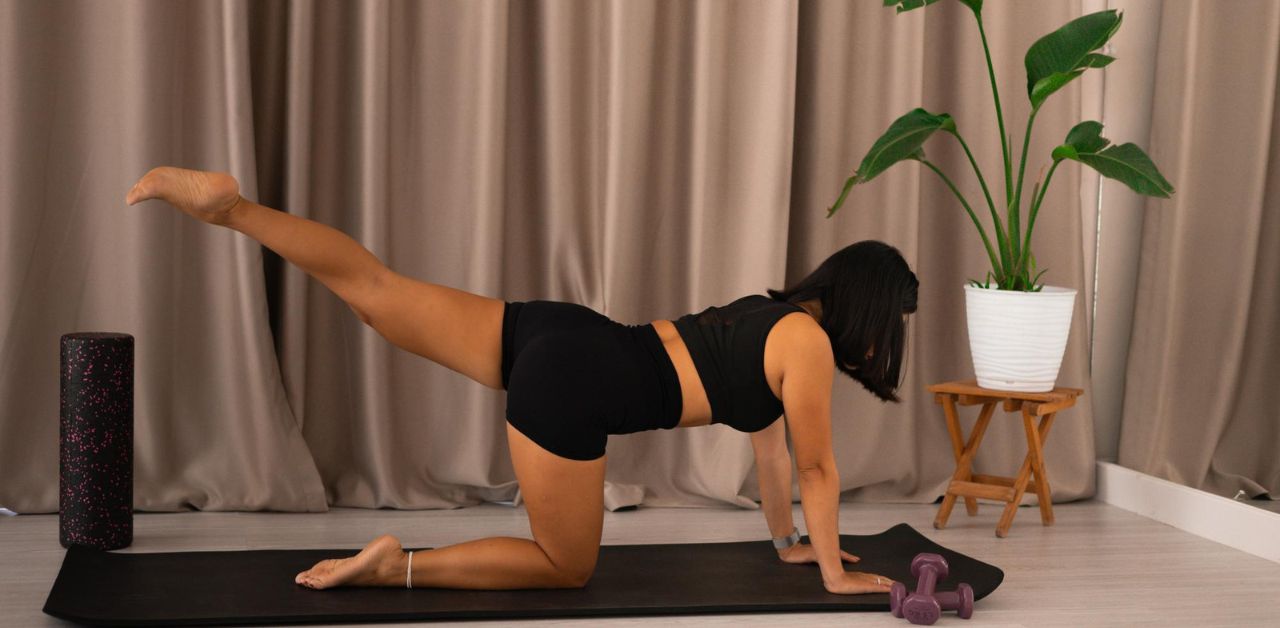
Hip Dips are a Pilates exercise that targets the obliques and the lower body, focusing on building core strength and improving stability. This move challenges the muscles of the torso while also engaging the glutes and hips. It’s excellent for toning the sides of your body, promoting balance and functional strength, and enhancing flexibility in the spine and hips.
How to do it:
- Start in a forearm plank position with your body aligned in a straight line.
- Engage your core and lift your hips slightly.
- Slowly dip your hips to one side, bringing them toward the mat, but don’t touch.
- Return to the center and repeat on the other side.
- Continue alternating sides for the desired number of repetitions.
Bird-Dog Crunch
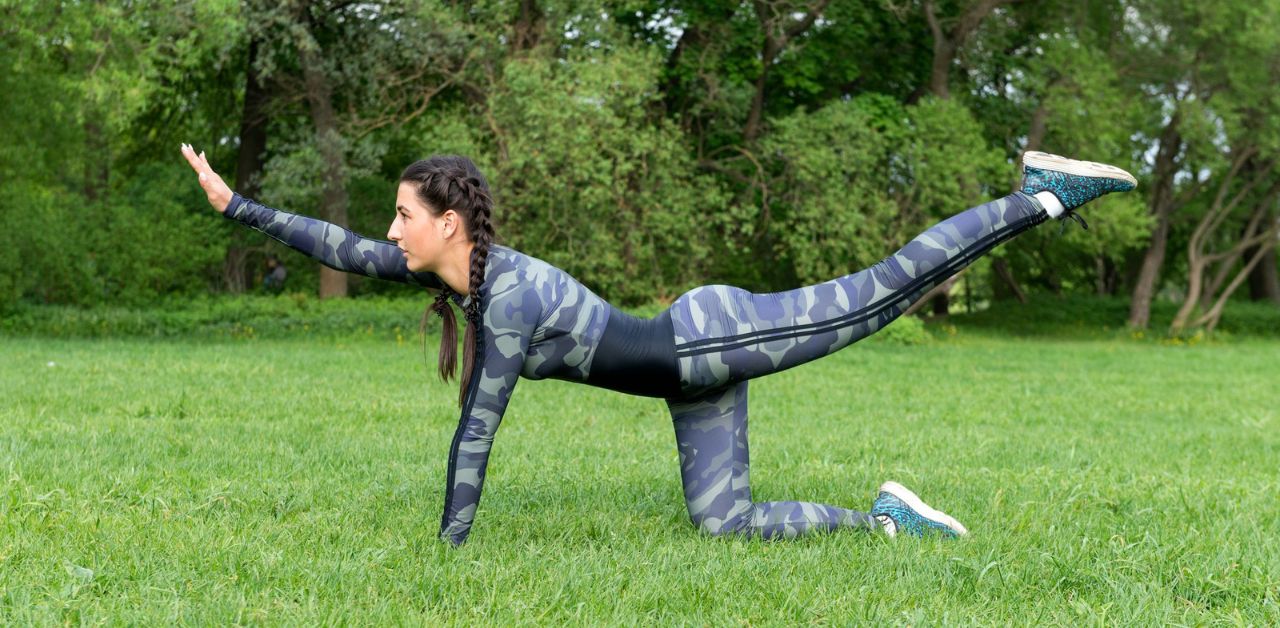
The Bird-Dog Crunch is a Pilates exercise that improves core strength, stability, and balance. It targets the abdominals, back muscles, and glutes while enhancing coordination and posture. By extending the limbs in opposite directions, the Bird-Dog Crunch challenges both the core and upper and lower body, promoting functional strength and control.
How to do it:
- Begin on all fours with hands directly under the shoulders and knees under the hips.
- Extend your right arm forward and left leg back, keeping your hips and shoulders square.
- Bring your elbow and knee toward each other under your body, crunching your torso.
- Extend your arm and leg back out to the starting position.
- Repeat on the opposite side and continue alternating for the desired reps.
Pilates Teaser
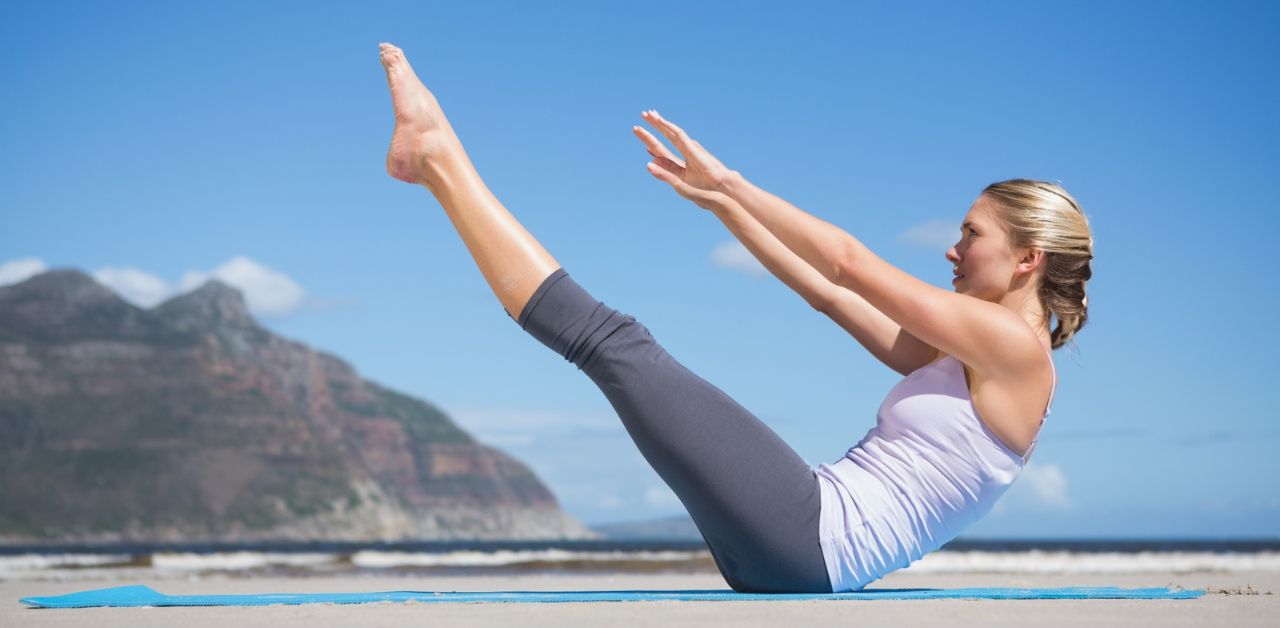
The Pilates Teaser is a dynamic full-body exercise that primarily targets the core while also engaging the legs, arms, and back. This challenging movement improves balance, flexibility, and coordination, helping to build overall muscle tone. The Teaser requires control and precision, making it a key move in Pilates for strengthening the entire body, especially the abdominals and hip flexors.
How to do it:
- Lie on your back with legs extended and arms overhead.
- Engage your core and slowly roll your spine up, lifting your torso and legs off the mat simultaneously to form a “V” shape.
- Keep your legs straight and your arms reaching toward your toes.
- Hold the position briefly, then lower your body back down with control.
- Repeat the movement for the desired number of repetitions.
Plank Leg Lift
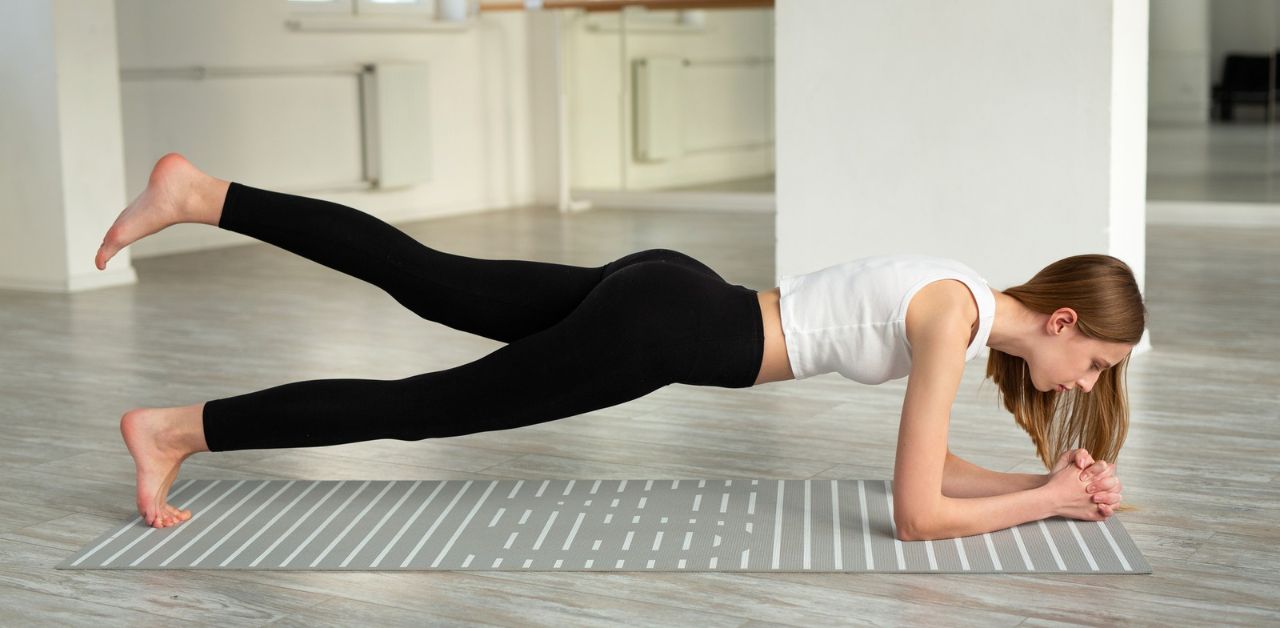
The Plank Leg Lift is a Pilates exercise that targets the core, glutes, and legs, enhancing stability and strength. This variation of the traditional plank challenges balance and coordination by adding leg movement, and engaging the lower body while maintaining a strong, stable core. It also improves posture and spinal alignment.
How to do it:
- Start in a forearm plank position with your body in a straight line.
- Engage your core, keeping your hips level with the rest of your body.
- Lift one leg off the ground, keeping it straight and without rotating your pelvis.
- Hold for a moment at the top, then lower your leg back down.
- Repeat with the opposite leg, alternating legs for the desired number of repetitions.
Pilates vs Strength Training
While both Pilates and strength training build muscle, they differ significantly in terms of approach, intensity, and outcomes. Understanding these differences can help you determine which method aligns best with your fitness goals.
Focus and Methods
Pilates primarily emphasizes controlled, low-impact exercises that target muscle endurance, flexibility, and core strength. It uses bodyweight resistance, sometimes supplemented by equipment like the Reformer or resistance bands, to create long, lean muscles. The focus is on improving posture, alignment, and coordination rather than building substantial muscle mass.
On the other hand, strength training involves lifting heavier weights or using resistance machines to build muscle mass and strength. Exercises in strength training typically target specific muscle groups through compound or isolation movements, using high resistance and low repetitions to promote hypertrophy (muscle growth).
Results
Pilates strengthens muscles and improves tone, but its focus is more on endurance and functional strength. While it does promote lean muscle development, the muscle growth is generally more gradual and balanced. Pilates is ideal for improving overall body strength, flexibility, and injury prevention.
Strength training, however, is better suited for those looking to build larger muscle mass or significantly increase their strength. Through progressive overload and higher resistance, strength training is the primary method to increase muscle size and force production.
Complementary Approaches
For many fitness enthusiasts, combining both Pilates and strength training offers a well-rounded approach. Pilates enhances muscle control, flexibility, and posture, while strength training can be used to target specific muscles for hypertrophy. Integrating both into your routine can provide both functional strength and muscular development, improving overall performance and preventing imbalances.
Read More: 10 Best Deadlift Variations For Muscle Building
Conclusion
Pilates can effectively build muscle by focusing on endurance, toning, and core strength. While it may not lead to significant muscle mass like traditional strength training, Pilates offers a balanced, low-impact method to strengthen and sculpt the body.
For those seeking muscle development, combining Pilates with strength training can provide a well-rounded fitness routine. By understanding your goals, you can incorporate the right exercises to enhance both muscle tone and overall functional strength.

